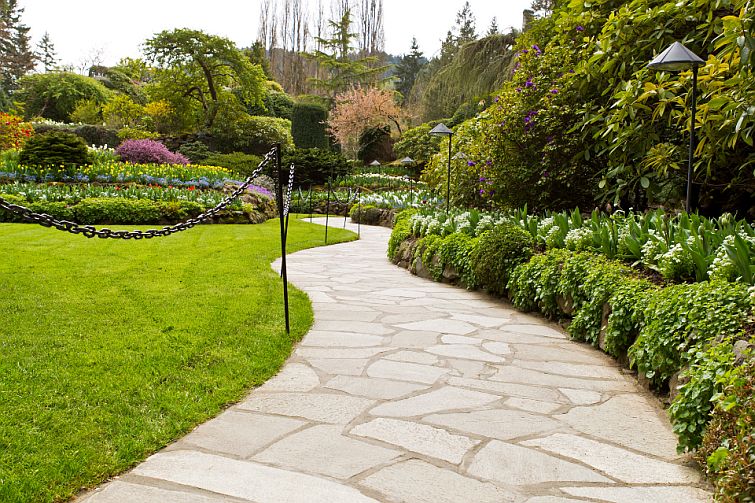Share This Article
Saving water in hotels is covered by the Wayaj Hospitality Sustainability Rating (HSR). When you become a Wayaj hotel member, you will need to complete a questionnaire covering seven key areas. These areas relate to the most significant contributors towards environmental and social issues in the hospitality industry.
Water is an important part of the Wayaj HSR and this section assesses the implementation of sustainable operations aimed at efficient use of water resources. Practices for saving water in hotels as well as reuse are actually some of the simplest and most cost-effective ways to instigate sustainable operations.
In this blog, we will share some best practices for hoteliers which could be taken on board very quickly.
Saving water in hotel bathrooms

Since much water consumption of accommodations takes place within guest rooms (about 1/3rd of overall consumption), specifically bathrooms, saving water in hotels is most easily targeted at reducing water in guest bathrooms. Most hotel bathrooms typically have one shower, one sink, and one toilet.
Also, about another 15% of water consumption comes from public bathrooms within the hotel available to all users. In total, this means about 50% of a hotel’s water consumption can be targeted through toilets, sinks, and showers.
So consider these easy solutions:
- Sink aerators
- Low flow shower heads
- Low flow toilets
- Balloon in toilet tank
Sink aerators can cost less than 1 USD per piece and require only a few seconds to install, which means no downtime or high installments costs. The same goes for low flow shower heads, only they usually cost several dollars more and require slightly more time. Low flow toilets may be expensive and require downtime and technical knowledge to install, but a less costly and less technical option with little downtime may be possible for toilets with a tank, which is a special balloon placed within the tank to displace water needed. Of course, the hotel should make sure the technology implemented provides a seamless experience to the guest, as poor water pressure/flow is often a complaint from guests.
Hotel kitchens

Kitchens account for about another 20% of a hotel’s water consumption, almost entirely from sinks used to prep and clean. While low flow faucets can be used in the kitchen, it is often not heavily utilized since hotels kitchens need to prepare high quantities of food in short periods of time and low flow technology slows this process. Therefore, hotels may find best practices to be education, selecting low water meals and kitchen processes designed to use less water rather than technology alone.
Laundry
Laundry accounts for only about 12% on average of a hotel’s water consumption and maxes out around 15% on average. This probably means the popular method of asking guests to reduce their laundry needs to save water isn’t as effective as other measures to target guest behavior and may be more effective in saving on laundry costs and efforts rather than water. If the laundry is done on site, then obviously there will also be energy savings.
Hotel grounds and gardens

In some hotels, gardens use an equal amount of water as laundry, but guests would never be asked if they would approve of the hotel removing the gardens to save water. However, this means certain hotels would benefit equally from using native vegetation and suitable planting that does not require much additional water beyond rainwater, as they would by entirely eliminating laundry needs.
In certain parts of the world, rainwater harvesting makes strong financial sense where guttering and downpipes can be installed to direct rainwater into tanks which can be used for irrigation of the grounds. Also the most efficient and timed irrigation systems should be used and properly maintained.
Another area which can be considered is grey water, ie water which is waste water and could be used for watering gardens etc. But with one word of caution – if you are using chemical products for cleaning and toiletries, this water could be harmful to plants.
Involving guests
The modern traveler now expects to see hotels engaging in sustainable practices to save natural resources. It is common practice to ask guests to have their towels washed less and, due to Covid, guests are also asking for their room to be cleaned less often. Encouraging guests to save water – not leaving the tap running when you are brushing your teeth or only boiling the water you need for a cup of tea – are simple things which can be suggested. Particularly, if you can give examples of how much water they will save and the overall impact for the hotel when all guests play their part.
Involving staff

Staff education is a very important component of any conservation program’s success. Running water while cleaning rooms, and in the kitchens during prep and clean up, are often overlooked. Properties which emphasise conservation policy to employees during training and incorporate best practices and procedures can quicker realize resource conservation goals. This can also enhance the effectiveness, correct use and awareness of installed appliances and implemented technologies. A well constructed SOP for all staff, along with on-going monitoring for all departments, go a long way in encouraging participation and enhancing the overall corporate culture. This in turn can be publicized to guests with the invitation for them to participate in, and support this effort.
Water audit
The first place to start for hoteliers wanting to save water is to conduct a water audit. This will allow you to determine where water is being used in the property and create plans to target the most easily reducible, cost-effective areas.





